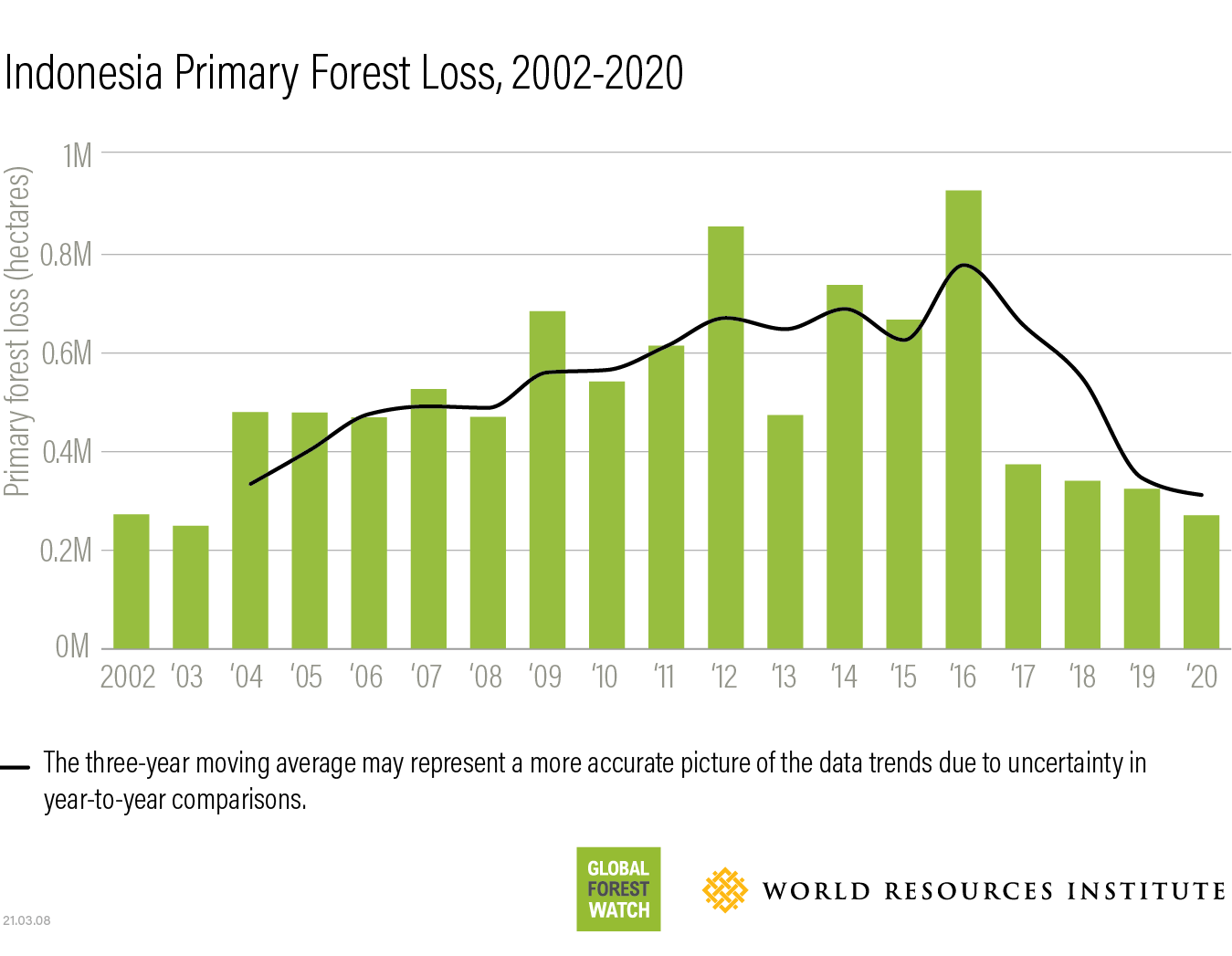Dispute Over Pilbara's Future: Rio Tinto Vs. Andrew Forrest

Table of Contents
Rio Tinto's Approach to Pilbara Development
Rio Tinto's strategy in the Pilbara centers on maximizing iron ore production and profits. While acknowledging the need for sustainability, their approach prioritizes existing operations and expansion plans. Their sustainability initiatives often focus on operational efficiency and reducing their carbon footprint within the context of their core business.
- Production Targets: Rio Tinto continues to invest heavily in increasing iron ore production capacity to meet global demand.
- Expansion Plans: They are actively pursuing expansions of existing mines and infrastructure, often involving significant land clearing and resource extraction.
- Sustainability Initiatives: Rio Tinto has committed to reducing greenhouse gas emissions, investing in renewable energy sources for some operations, and improving water management. However, critics argue these efforts are insufficient compared to the scale of their operations.
- Environmental Impact: Past controversies involving environmental damage and community relations have raised concerns about the long-term sustainability of Rio Tinto's approach. Concerns about biodiversity loss and potential impacts on indigenous communities remain.
Andrew Forrest's Vision for a Green Pilbara
In stark contrast to Rio Tinto's focus, Andrew Forrest, through his company Fortescue Future Industries (FFI), envisions a Pilbara powered by renewable energy and a global leader in green hydrogen production. His plan represents a radical shift away from the region's historical dependence on iron ore.
- Green Hydrogen Investment: FFI is making significant investments in renewable energy projects, including solar and wind farms, to power green hydrogen production facilities across the Pilbara.
- Economic Diversification: Forrest argues that a transition to a green hydrogen economy will create new jobs and economic opportunities for the region, reducing reliance on a single commodity.
- Rapid Transition: He advocates for a swift and decisive move towards renewable energy, emphasizing the urgency of addressing climate change.
- Sustainable Development: Forrest's vision prioritizes sustainable development, aiming to minimize the environmental footprint while creating a prosperous future for the Pilbara.
The Core Points of Contention
The fundamental disagreement between Rio Tinto and Andrew Forrest lies in their contrasting visions for the Pilbara's future.
- Pace of Transition: A key point of contention is the speed of transition to renewable energy. Rio Tinto favors a more gradual approach, while Forrest pushes for rapid decarbonization.
- Environmental Regulations: Disagreements exist regarding the stringency of environmental regulations and the level of investment required to meet sustainability goals.
- Economic Priorities: The conflict highlights conflicting economic priorities: maximizing short-term profits from iron ore versus investing in long-term sustainable industries like green hydrogen.
- Corporate Strategies: The differing corporate strategies reflect fundamentally different risk tolerances and visions for the future of mining and energy.
The Wider Implications for the Pilbara and Australia
This dispute has broad implications beyond the Pilbara itself.
- Economic Development: The outcome will significantly influence the economic future of the Pilbara, determining whether the region diversifies its economy or remains heavily reliant on iron ore.
- Global Competition: Australia's position in the global green hydrogen market will be shaped by the success or failure of initiatives like FFI's.
- Environmental Policy: The debate influences national environmental policy discussions and the balance between economic growth and environmental protection.
- Indigenous Rights: The debate also impacts the ongoing reconciliation efforts with Indigenous Australians and their connection to the land.
Conclusion
The conflict between Rio Tinto and Andrew Forrest over the future of the Pilbara represents a critical juncture for the region and Australia. Rio Tinto's focus on maximizing iron ore production contrasts sharply with Forrest's ambitious vision for a green hydrogen-powered Pilbara. The resolution of this dispute will have profound implications for the region's economic future, its environmental sustainability, and Australia's global standing in the renewable energy sector. The need for collaboration and compromise is paramount to ensure a sustainable and prosperous future for the Pilbara. We encourage you to engage with this ongoing Pilbara dispute and further research the competing visions for the Pilbara’s future. Understanding the nuances of this debate is crucial for shaping the future of Pilbara development and securing a sustainable path for this vital region.

Featured Posts
-
 Abn Amro Kwartaalcijfers Positieve Impact Op Aex
May 22, 2025
Abn Amro Kwartaalcijfers Positieve Impact Op Aex
May 22, 2025 -
 Former Ukrainian Official Shot Dead Outside Madrid American School
May 22, 2025
Former Ukrainian Official Shot Dead Outside Madrid American School
May 22, 2025 -
 Peppa Pig Welcomes A New Sibling A Look At The Arrival
May 22, 2025
Peppa Pig Welcomes A New Sibling A Look At The Arrival
May 22, 2025 -
 Celebrity News David Walliams Speaks Out Against Simon Cowell
May 22, 2025
Celebrity News David Walliams Speaks Out Against Simon Cowell
May 22, 2025 -
 Record Breaking Global Forest Loss Wildfires And Deforestation
May 22, 2025
Record Breaking Global Forest Loss Wildfires And Deforestation
May 22, 2025
Latest Posts
-
 Wyoming Otter Management A Critical Shift
May 22, 2025
Wyoming Otter Management A Critical Shift
May 22, 2025 -
 Casper Boat Lift Hosts Unexpected Zebra Mussel Invasion
May 22, 2025
Casper Boat Lift Hosts Unexpected Zebra Mussel Invasion
May 22, 2025 -
 A Turning Point For Otter Management In Wyoming
May 22, 2025
A Turning Point For Otter Management In Wyoming
May 22, 2025 -
 The Future Of Otter Populations A Turning Point In Wyoming
May 22, 2025
The Future Of Otter Populations A Turning Point In Wyoming
May 22, 2025 -
 Shifting Strategies A Turning Point In Wyomings Otter Management
May 22, 2025
Shifting Strategies A Turning Point In Wyomings Otter Management
May 22, 2025
